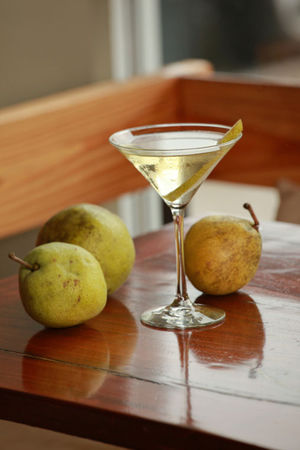Source: www.commercialappeal.com
At most of the horticultural programs I attend, I learn about new and improved plants that make gardening easier and more satisfying, as well as safer and better ways to control insects.
But after Justin Stelter's talk last Sunday at the Dixon Gallery and Gardens, I realized that the past is a wonderful teacher, too.
Carnton Plantation Gardens
As head gardener at the Carnton Plantation in Franklin, Tenn., since 2003, Stelter has been challenged to create and maintain a garden that would be recognizable to any Middle Tennessean living before 1869.
And guess what? Many of the design concepts of that era are as modern as our early 21st century garden, and many of the plants have proved to be enduringly functional and ornamental.
The current trend of mixing edibles and ornamentals was also popular in the mid-1800s. In the 1-acre formal gardens at Carnton Plantation, cabbages and greens thrive in artfully planted beds among flowers and shrubs.
Espaliering, the French method of training fruit and other trees to grow like vines on walls, fences and trellises, was popular in the mid-1800s and is once again favored by gardeners who want to maximize the use of small spaces.
Low-maintenance roses that bloom again and again have at least one antique counterpart at Carnton.
"Le Vesuve is an 1825 rose that's like an early version of Knock Outs," Stelter said. "They have self-cleaning perpetual blooms and very few disease problems."
Today's native plant nuts — and I mean that in respectful way — would find kinship with the man believed to be the designer of the Carnton gardens, Andrew Jackson Downing.
Downing admired the clipped topiary trees used by Italian landscape designers but accomplished a similar look with native Eastern cedars found all over Middle Tennessee.
Today, another generation of the cedars, pruned to resemble conical green lollipops, provide formal structure and evergreen color to the garden.
It would have been difficult to be a hosta-holic back then. Instead of several thousand varieties to choose from, there were only five species in Middle Tennessee gardens.
Still popular today, those historic hostas include Lancifolia plantaginea, whose fragrant large white flowers bloom in late summer, and Sieboldiana undulata, whose large, wavy variegated leaves pucker like seersucker fabric.
Also in the garden are blue flag irises, historic peonies, purple coneflowers, cockscombs, zinnias, phloxes and four o'clocks.
"We know Mrs. McGavock loved black hollyhocks," Stelter said. "But they always revert to pink for us."
Carrie McGavock was married to John McGavock, son of Randal McGavock, a former mayor of Nashville who built the plantation house in 1826.
In 1866, she had the remains of 1,500 Confederate soldiers killed in the Battle of Franklin moved to a 2-acre site next to the family cemetery on plantation property. It is the largest privately owned military cemetery in America.
Stelter was invited to speak in Memphis by members of the newly re-formed Mid-South Daffodil Society.
Carnton Plantation is believed to house the largest historic daffodil collection in the South.
Along its fence lines are some 2,000 daffodil bulbs representing 40 varieties in use before 1869.
Here are just a few:
Mrs. Langtry, named for the spirited actress whose affair with king-to-be Edward VII shocked Victorian England, has white petals and a crinkled canary-yellow cup that matures to cream.
Pheasant Eye, a late-blooming fragrant poeticus daffodil, has white petals and a green center eye.
Twin Sisters, also known as Cemetery Ladies and Loving Couples, are typically the last daffodils of the season to bloom. Each stem has two side-by-side flowers with white petals and lemon-yellow cups.
Hoop Petticoats are small Southern cuties with funnel-shaped cups and exclamation-point petals.
Bulbs for sale
Modern bulbs, chosen because they grow well in our climate and win prizes at daffodil shows, will be sold from 9 a.m. to 2 p.m. Saturday at Dixon Gallery and Gardens.
Members of the daffodil society will be on hand to help with selecting the bulbs, which will be sold in packages of five.
Buy a few to enter in next year's daffodil show. You might just win a blue ribbon.
Speaking of peonies
Kathleen Gagan will speak on "A Passion for Peonies" at 6 p.m. Monday at the Memphis Botanic Garden.
She is the owner of Peony's Envy, a nursery and display garden in Bernardsville, N.J., with the most extensive collection of tree and herbaceous peonies in the Northeast.
The garden features more than 50,000 peony plants representing 250 cultivars. Cost: $10, $8 for botanic garden members.



